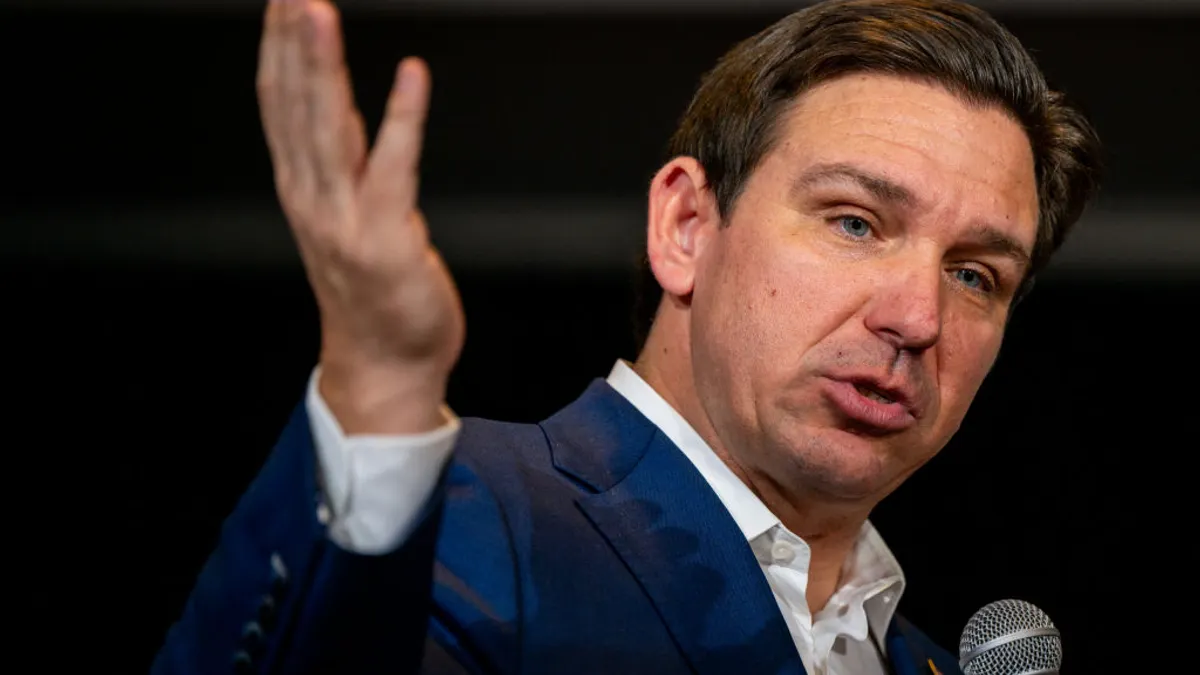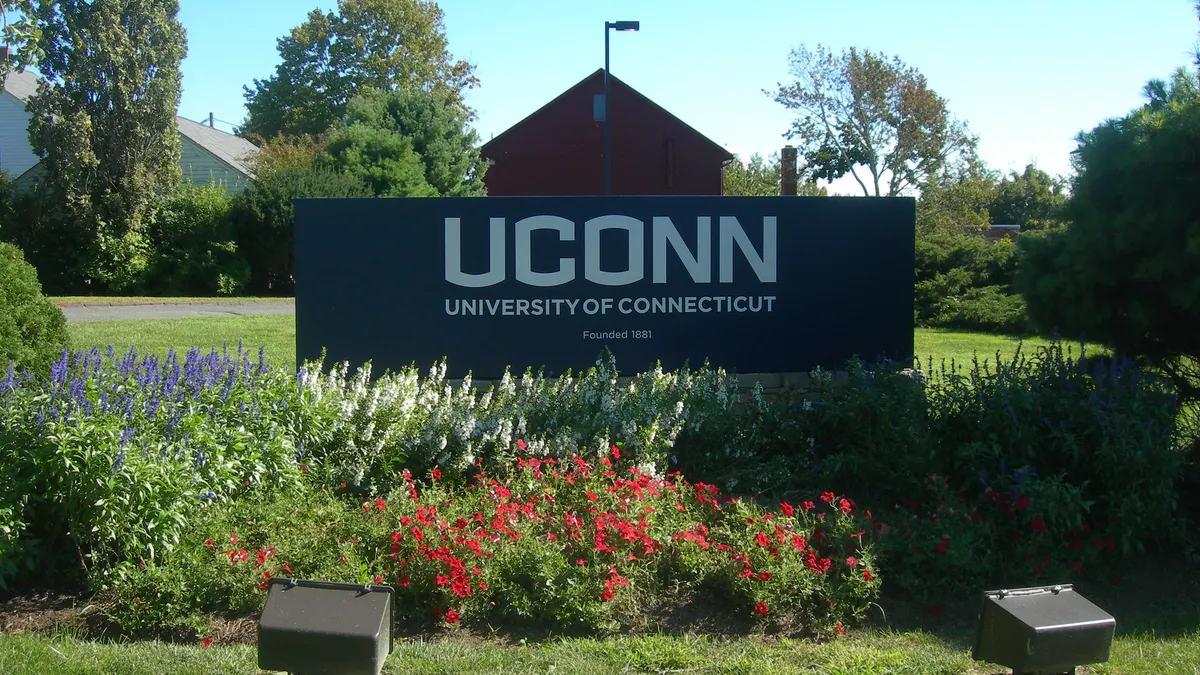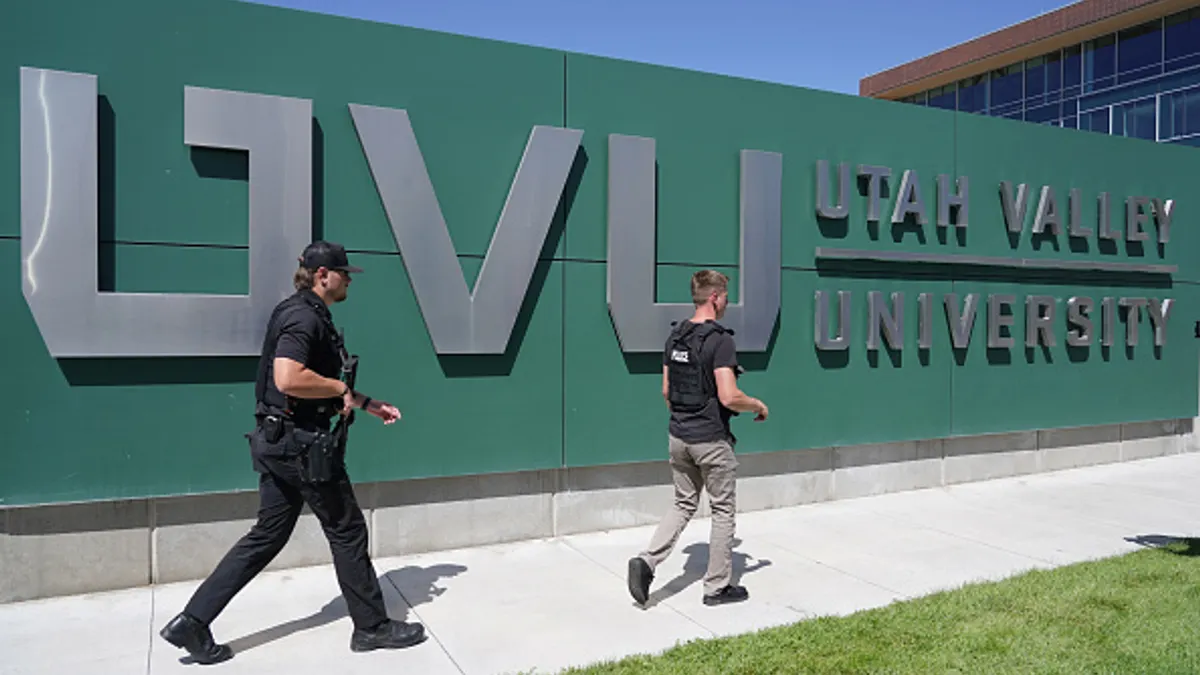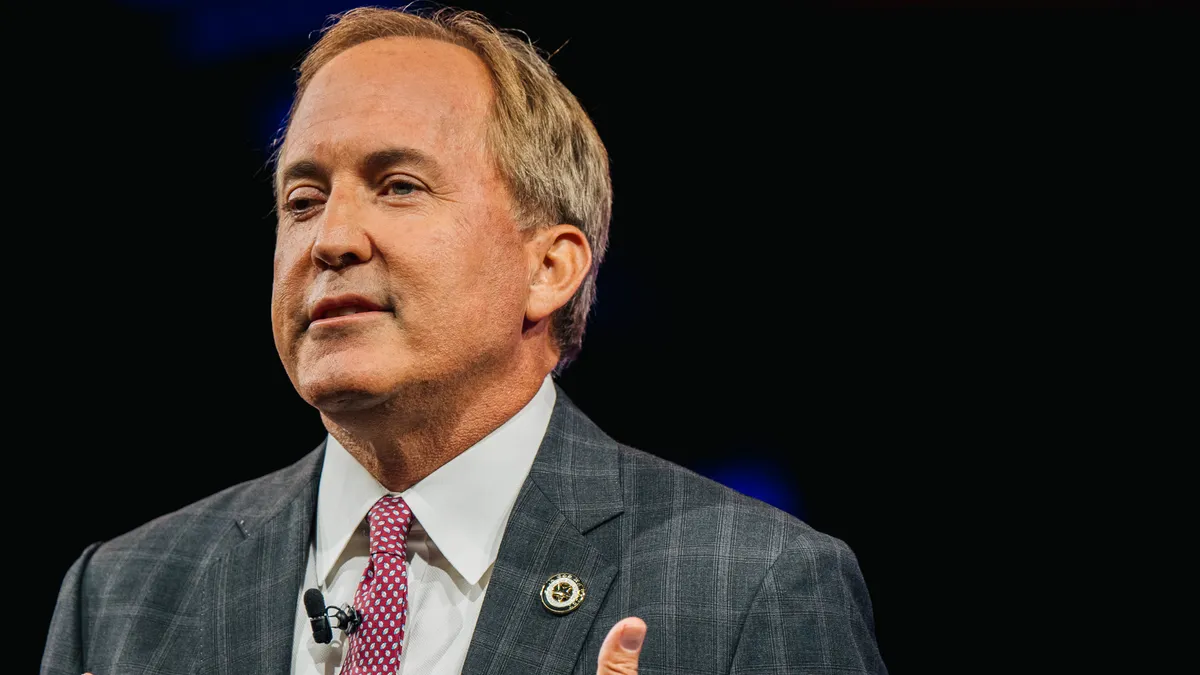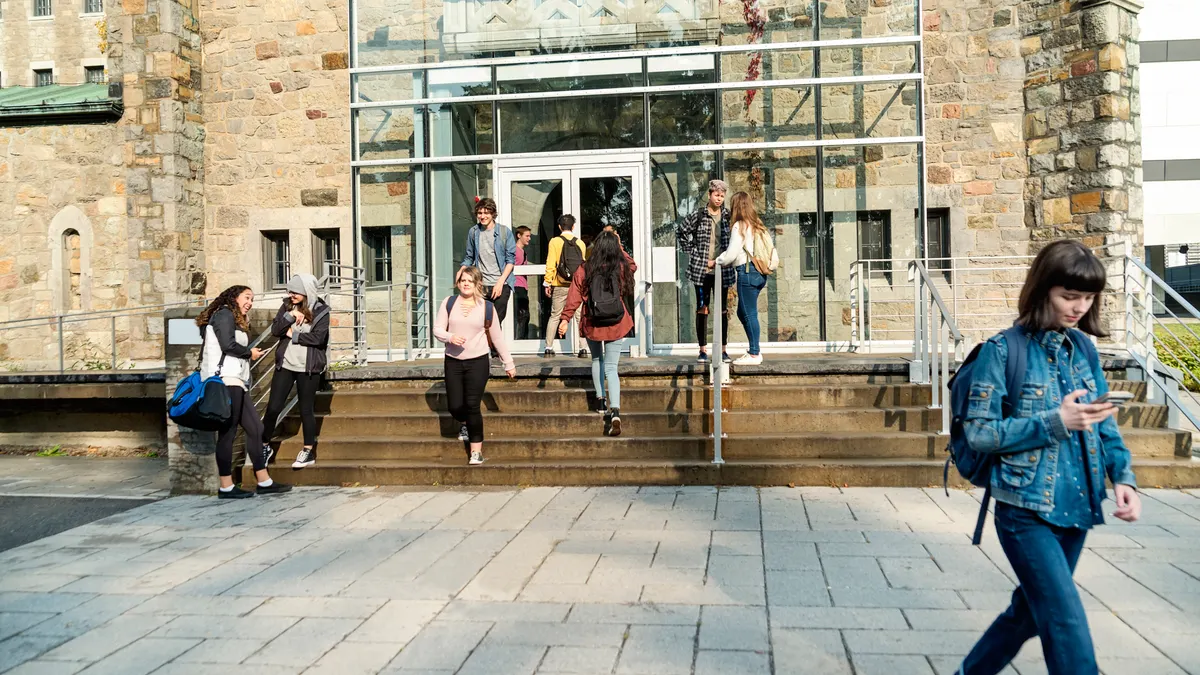It is estimated that 13% to 20% of children living in the United States has experienced a mental health disorder in the last year. According to the National Alliance of Mental Illness, one in five adolescents between 13 and 18 years old has or will have a serious mental illness, and suicide is the third leading cause of death for youth aged 10 to 24.
However, there is a shortage of mental health professionals nationwide, and children in rural areas are most impacted — 65% of non-metropolitan counties don’t have a psychiatrist and 47% don’t have a psychologist. At the same time, many students of color in urban areas are often concentrated in high-poverty areas of cities otherwise thought of as booming metropolises. These students often have a higher need for mental health services because of the things they experience in their daily lives, but often cannot access these professionals because of the high cost of treatment.
A nationwide shortage of school psychologists and counselors disproportionately affects these students as well, as they often attend more crowded, under-resourced schools, though they have the greatest need. All of these factors contribute to what is typically an eight to 10-year gap between the onset of mental illness and treatment for children and youth, and nearly 80% of students who need mental health treatment in this country don’t get it because school staff have much-higher-than-recommended caseloads.
Partnerships between K-12 schools and higher education
Some districts and universities are working to train staff to identify and, in some cases, assist students with mental illness on campus. Teachers21, a nonprofit subsidiary of William James College, a graduate college of psychology in Newton, Massachusetts, is working with classroom, school and district leaders and other school staff to build mental health treatment into their pedagogy. Trauma-informed teaching has become a popular concept, feeding into the idea of restorative justice, which seeks to take into consideration all of the things a student experiences before he comes to school each day and anticipate how those factors might impact a student’s preparedness or ability to learn. (This is most profoundly illustrated in the viral poem, “Cause I ain’t got a pencil.”)
“Students at an increasingly young age have volatile behaviors, and they are acting out aggressively and frequently often — as young as kindergarten. [Students are displaying] very aggressive, very disruptive, very challenging behavior,” said Teacher21’s Jennifer Antonucci, who noted this is especially true for students “who have experienced trauma at home, or living in places where they’re continually exposed to trauma.”
Most of these efforts — and a focus on social-emotional learning in general — are concentrated in elementary schools, and by the time a student reaches middle school, the emphasis begins to fizzle out. And by the time a student gets onto a college campus, efforts are all but non-existent, said Williams James President Nicholas Covino, who is a practicing psychologist.
“Very few high schools have programs with social-emotional learning,” said Covino in a recent telephone conversation, “but we don’t have any of that at the college level.”
Many colleges have have counseling centers, but, Covino said, a lot of counseling centers have limits. "Then they make a referral outside, and that program [has a shortage of] providers,” he said, emphasizing that because “there’s ample evidence” that mental health challenges extend well into one’s 20s, prioritizing social-emotional learning and mental health interventions “cannot be about money and funding and funds; it really has to be in place as curriculum, and it has to extend into college and probably into graduate school.”
But for as much as trauma-informed teaching does for trying to encourage educators to be more considerate of students’ circumstances, it still does not address serious mental health challenges learners\ may face as a result of that trauma.
Antonucci, who worked as a school administrator before joining Teachers21, said “In the last several years, the dramatic need for assistance everywhere, and certainly in the school systems, around mental health and behavioral health has grown increasingly year after year.”
She said the key is to teach educators to “be as interactive and proactive as possible but have the resources in place to move them forward and keep them safely and productively moving through school,” realizing there’s “a whole system of need — the kids who aren’t acting out are also impacted, and they themselves also deserve to keep learning and not be impacted by a teacher who is in over their head.”
Other challenges, too
There’s also a need to recognize that the challenges extend beyond what we traditionally see as being the profile for a student to be at risk for mental health issues, Covino said. “We’re very familiar with the challenges of adolescents as they come into adulthood, but a fourth grader has cognitive challenges … education has to address these things,” he said, adding that when these issues are addressed, academics, including test performance, improves, and teacher retention goes up.
Covino calls a focus on social-emotional learning “preventive mental health,” but said he is still working on finding the answer to meeting students’ needs, particularly in college.
“We typically in schools still focus on the three R’s” — reading, writing and arithmetic — “and we ignore the fourth ‘R’ of relationships,” he said. “We need to be very concerned about helping young people to acquire the skills to manage life successfully. When we do that, they excel in school, they have the ability to concentrate on their work better, they have the ability to experience fulfilling relationships — all of that is [the purpose of] education.”



